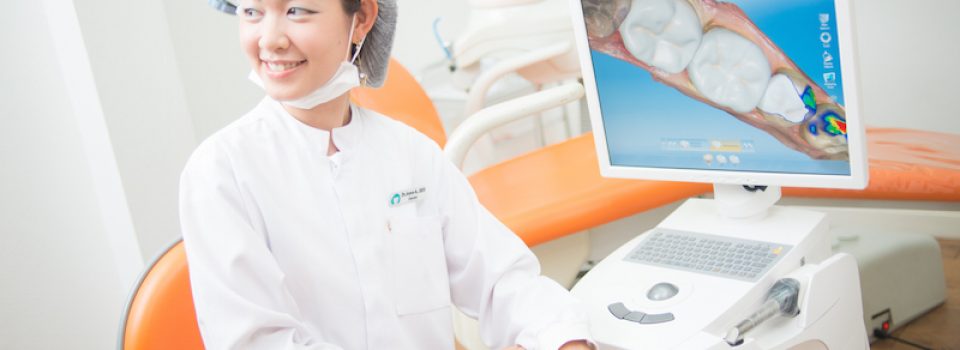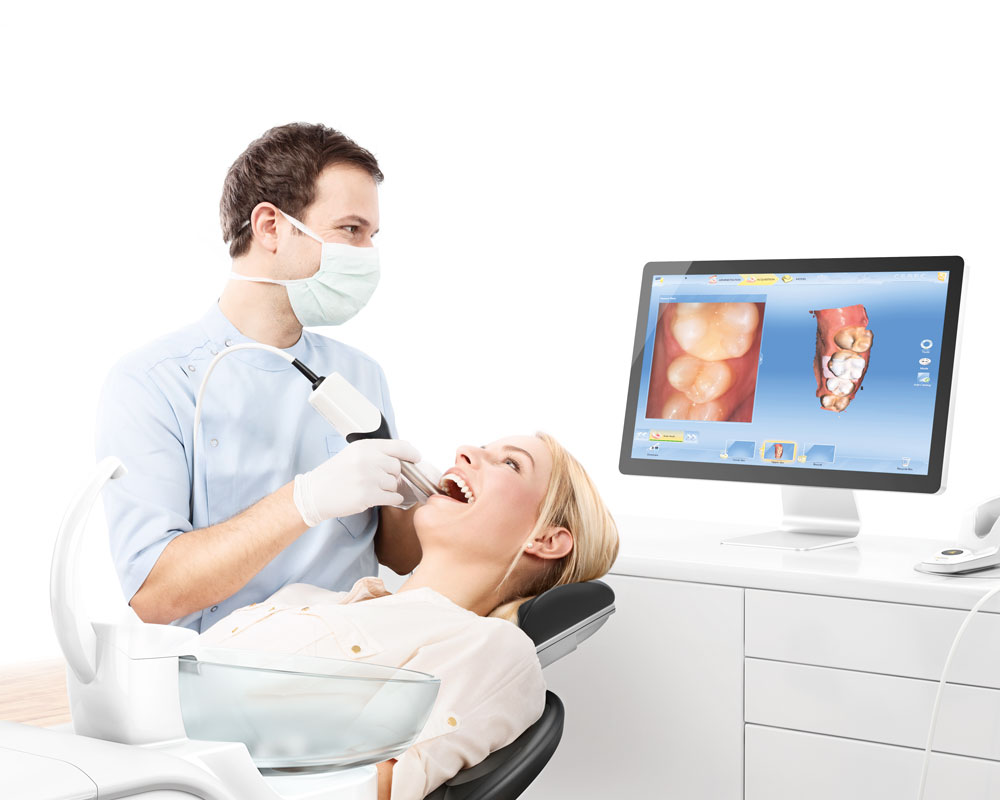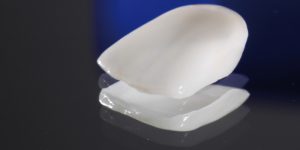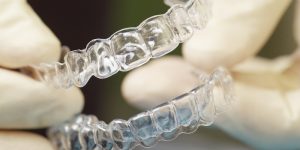Ceramic Restorations at Lanta Dente’
Ceramic Restorations Thailand
CAD/CAM (Computer Aided Design/Computer Aided Manufacturing) technology, incorporating a camera, computer and milling machine in one instrument.
The dentist uses a special camera to take an accurate picture of the prepared tooth. This optical impression is transferred and displayed on a color computer screen, where the dentist uses CAD technology to design the restoration. Then CAM takes over and automatically creates the restoration. After the restoration has been made, the dentist will stain/glaze and bake the tooth to match the patient’s existing dental work. Finally, the new restoration is chemically bonded to the surface of the old tooth, so your dentist can save as much healthy tooth tissue as possible, while providing you with a restoration that strengthens your tooth.
What is Cerec?
Cerec System is the computerized state of the art technology that allows fabrication of a metal free, all ceramic restoration with the hardness as closed to the tooth substance as available. With the Cerec machine, we can be able to provide the same day service to all our porcelain restoration such as crowns, inlays, onlays, veneers and bridges.
Ceramic Inlay and Onlay
Inlays and onlays are dental restorations used by a select number of dentists. In certain cases, inlays and onlays are a conservative alternative to full coverage dental crowns. Also known as indirect fillings, inlays and onlays offer a well-fitting, stronger, longer lasting reparative solution to tooth decay or similar damage. These restorations are beneficial from both an esthetic and functional point of view.
Inlays and onlays can often be used in place of traditional dental fillings to treat tooth decay or similar structural damage. Whereas dental fillings are molded into place within the mouth during a dental visit, inlays and onlays are fabricated indirectly by CAD/CAM technology in our office before being fitted and bonded to the damaged tooth by the dentist.
Ceramic crown
A dental crown is a tooth-shaped “cap” that is placed over a tooth — to cover the tooth to restore its shape and size, strength, and improve its appearance.
The crowns, when cemented into place, fully encase the entire visible portion of a tooth that lies at and above the gum line.
Why Is a Dental Crown Needed? A dental crown may be needed in the following situations:
- To protect a weak tooth (for instance, from decay) from breaking or to hold together parts of a cracked tooth
- To restore an already broken tooth or a tooth that has been severely worn down
- To cover and support a tooth with a large filling when there isn’t a lot of tooth left
- To cover misshapened or severely discolored teeth
- To cover a dental implant
- To make a cosmetic modification
Ceramic Bridges
Dental bridges literally bridge the gap created by one or more missing teeth.
A bridge is made up of two or more crowns for the teeth on either side of the gap — these two or more anchoring teeth are called abutment teeth — and a false tooth/teeth in between. These false teeth are called pontics and can be made from gold, alloys, porcelain, or a combination of these materials. Dental bridges are supported by natural teeth or implants.
What Are the Benefits of Dental Bridges?
Bridges can:
- Restore your smile
- Restore the ability to properly chew and speak
- Maintain the shape of your face
- Distribute the forces in your bite properly by replacing missing teeth
- Prevent remaining teeth from drifting out of position
Why CEREC CAD/CAM?
CEREC delivers top quality restorations in one visit, Here’s what makes CEREC so special:
- Single visit convenience
- No uncomfortable impression trays
- Beautiful esthetics – color-matched ceramic
- Enamel-like materials – natural look and feel
- Clinically proven – millions of successful restorations worldwide















